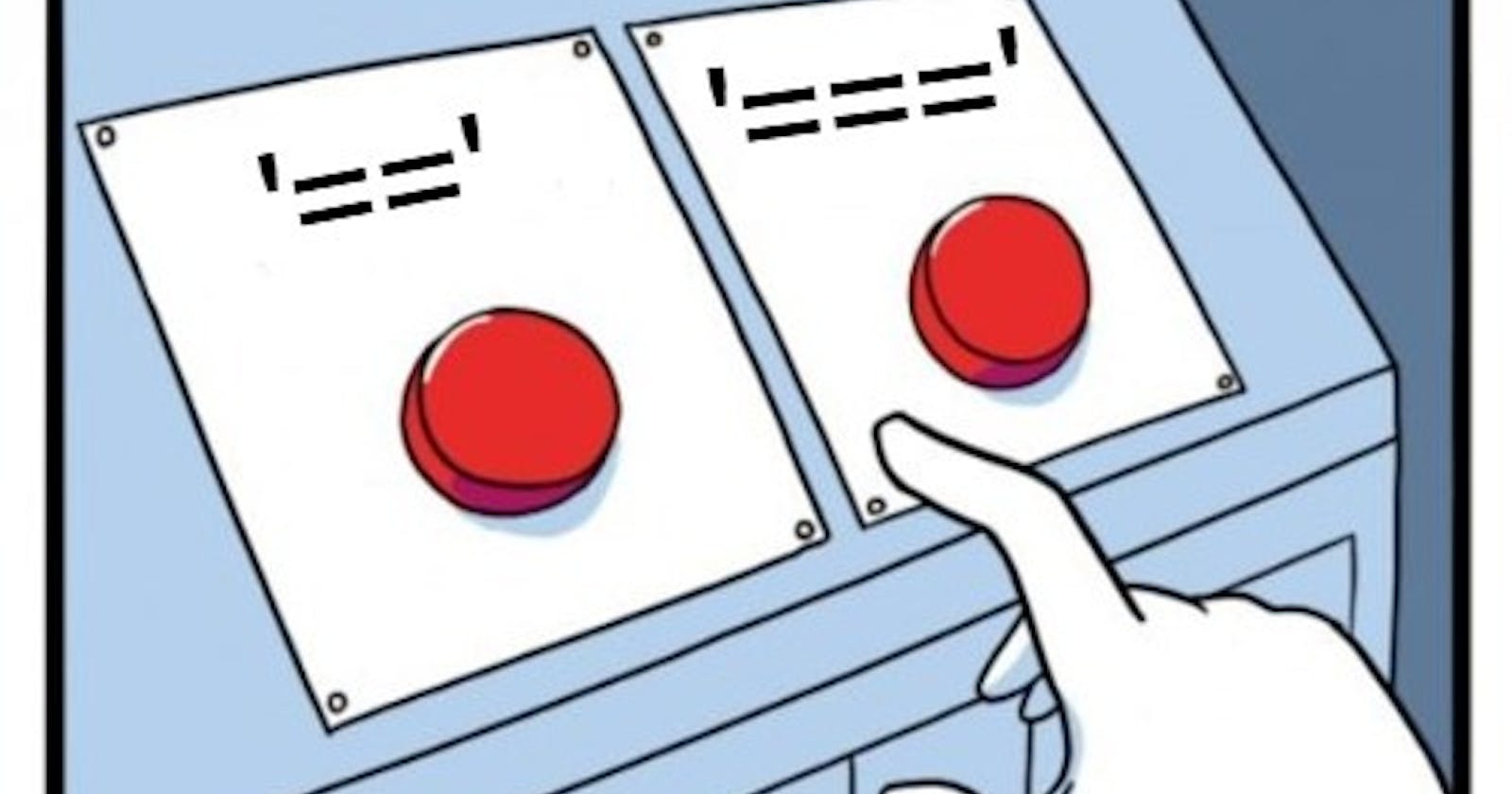As a developer many times, we see other developers using Strict Equality Operator(===) instead of Abstract Equality Operator(==) and wonder if there is really any major difference between the two? Let's deep dive in to see what's beneath them.
Strict Equality Operator(===) behaves similarly to Abstract Equality Operator(==) except no type conversion is done and the types must be the same to be considered equal.
Abstract Equality Operator(==) will compare for equality after doing any necessary type conversions.
The "===" operator will NOT do any type conversions, so if the two values are not of the Same Type "===" will simply return false.
'23' == 23 // true
'23' === 23 // false
" " == 0 // true
" " === 0 // false
0 == false // true
0 === false // false
null == undefined // true
null === undefined // false
Remember devs, if you want to compare equality between two values without any unnecessary type conversion, use Strict Equality Operator(===).
I hope now you know the difference between the two operators.
Happy Coding!
Sources:
- MDN Web Docs
- StackOverflow

